- How Powder Coating Works: A General Overview
- How Environmental Factors Can Alter Powder Coating Performance
- Powder Coating Process Optimization with Quality Equipment
- Environmental Control Strategies to Utilize
- Achieve Superior Powder Coating Results with Bolair
- FAQ about the Impact of Environmental on Powder Coating
From consumer product manufacturing to automotive fabrication, powder coating is a versatile process utilized by industries all across the globe for durable, wear-resistant coatings. However, environmental factors like temperature, humidity, and weather can have a significant impact on the quality of the final coating.
Understanding these environmental variables and accounting for them is essential for the proper use of powder coating equipment. By knowing how to control these factors and purchasing high-quality equipment, a flawless application can be guaranteed.
How Powder Coating Works: A General Overview
Powder coaters work fundamentally differently than other liquid sprayers. The spray materials start as powdered polymer solids and are placed in a dispensing container. When the spray gun's trigger is activated, compressed air forces the powder into the barrel of the spray guns. Here, the powder is electrostatically charged via a coil, where it then exits the gun and adheres to a grounded, negative surface. After application, the surface or product is cured, resulting in a resilient coating that's many times stronger than traditional liquid paint.
Due to the complexity of this process, controlling environmental conditions is critical to avoid powder coat defects. It's also important to invest in higher-end equipment that has integrated features for controlling the output of the powder.
How Environmental Factors Can Alter Powder Coating Performance
Much like paint, powder materials have strict application requirements when it comes to environmental conditions. Failing to follow these recommendations can result in a number of powder coating problems - discoloration, improper curing, poor adhesion, and premature wear.
Overall, there are three main elements that should be carefully considered and controlled for maximum powder coating durability: temperature, humidity, and weather.
Temperature Effects
Temperature has one of the biggest impacts on powder coating and it should be carefully controlled to achieve optimum results. In general, ambient temperature affects the powder coating process in three ways:
- Powder Consistency: Powdered polymers can change according to environmental temperatures. For example, high temperature powder coating thins out the materials too much, causing orange peeling and gaps in coverage.
- Powder Flow: Powder needs to move freely through the spray machine for proper application. Low temperature powder coating can result in clogged equipment.
- Curing: While curing temperature is typically controlled in the powder coating oven, it's important to set temperature limits so that improper curing does not occur.
Humidity Levels
Environmental humidity mainly affects the adhesion of powder coating. If it's too high, excessive water can be present in the powder, causing an uneven and runny final coat. If it's too low, the powder will be too dry to adhere to the surface and can result in blotchiness.
Outdoor Weather Conditions
For best results, powder coating should always be in an enclosed environment. Investing in an air make-up unit (AMU) for the enclosed environment can help regulate the ambient conditions further. If coating must be done outdoors, attention to the weather is highly necessary. Never powder coat when ambient temperatures are outside the required range, when there is expected precipitation, or when there is excessive wind.
Powder Coating Process Optimization with Quality Equipment
Choosing the right equipment is just as crucial for powder coating as controlling environmental variables. High-end powder coating equipment comes with technical features that ensure a smooth, durable, and long-lasting final coat - even when faced with adverse conditions.
These features can include elements like:
- High Powder Charging Capacities
- Digital Valve Controls for Consistent Output
- Spray Amperage Regulation
Meeting Industry Standards
Professional coating equipment also ensures that industry standards for safety and quality are adhered to. Utilizing a higher-end spray machine ensures that the proper coating is applied on the first attempt, reducing wasted material.
Environmental Control Strategies to Utilize
Modern powder coating equipment comes with many technological advancements that make it easier to work with changing environmental conditions. For example, the Gema Optiflex Pro comes with a configurable mobile app that allows a spray technician to monitor their powder coating machine in real time and adjust coating parameters. This allows an individual to fine-tune the performance of their machine to match environmental variables. Automated systems are even more reliable. When paired with a paint booth or enclosure, deviation-free consistency can be expected.
Achieve Superior Powder Coating Results with Bolair
As you can see, powder coating is extremely affected by environmental impacts. Controlling the ever-changing variables of temperature, humidity, and weather will help ensure that a surface receives a durable powder coating. Additionally, high-quality equipment with environmental control features further enables a technician to create the results they're striving for.
When it comes to premium powder coating machinery, Bolair Fluid Handling Systems gets it right. Browse our complete inventory and contact our industry-leading company today for a quote.
FAQ about the Impact of Environmental on Powder Coating:
What temperature for powder coating?
Powder coat temperature during application should always be mild to warm - typically 60-85 degrees Fahrenheit (15.5 - 30 degrees Celsius). The powder coat cure temp is 350-400 degrees Fahrenheit (176 - 204 degrees Celsius).
Can powder coat withstand heat?
Most powders are designed to be able to withstand up to 200 degrees Fahrenheit (93 degrees Celsius). Certain specialized materials are designed with even higher powder coating heat resistance.
How long does powder coating last?
Most powder coats can last between 15-20 years under normal circumstances. This can be increased to 40 years when exposure to environmental stressors is reduced.
Does powder coating fade in the sun?
While powder coating is more resistant to fading than liquid or epoxy-based paints, it will still suffer from fading after years of use. To avoid this, consider investing in materials that are marketed as being outdoor durable or having a weatherproof coating.
How durable is powder coating?
Many customers ask, “Is powder coating durable?” Powder coats are one of the most protective and long-lasting coatings available in the industry. They can last for decades when properly cared for and maintained.

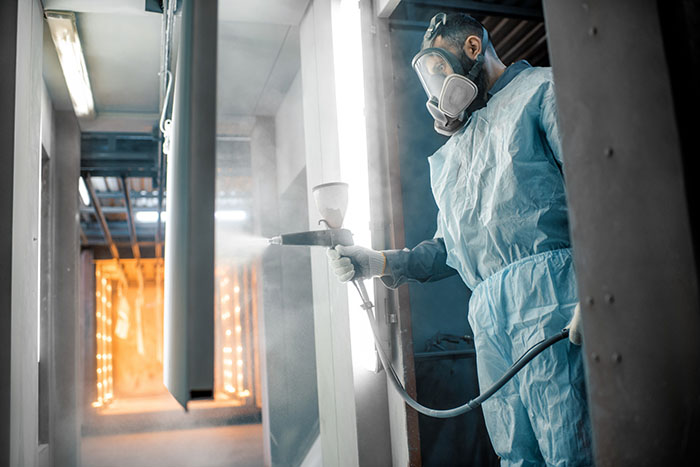

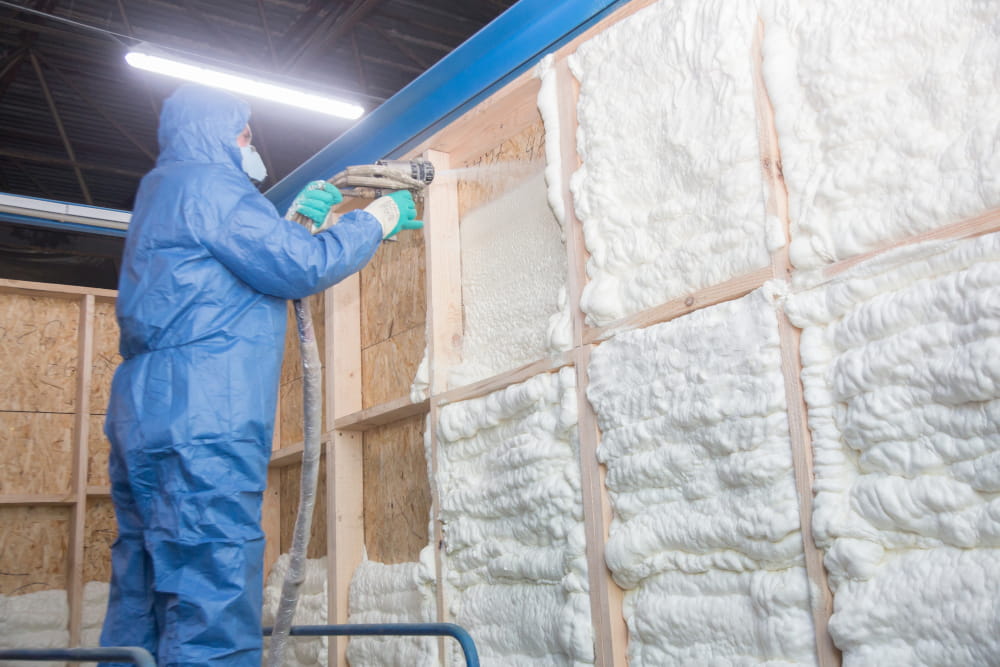
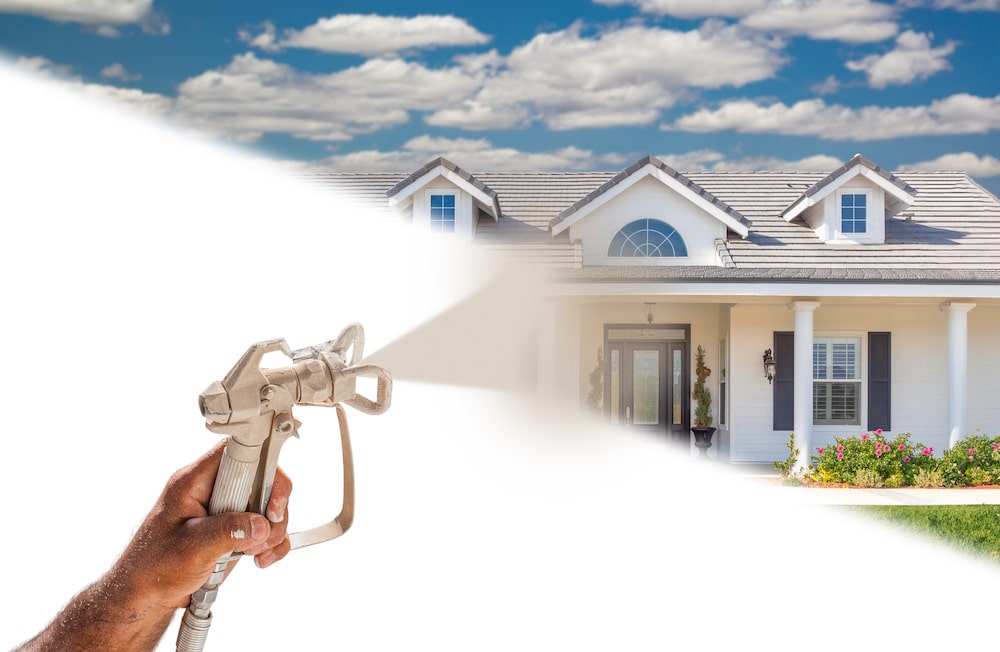
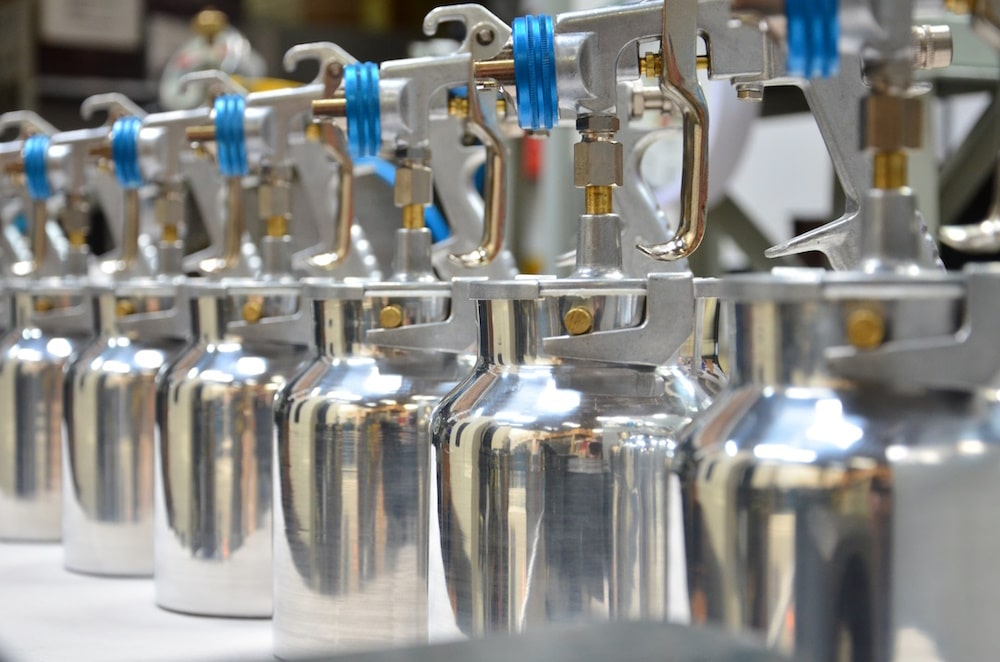
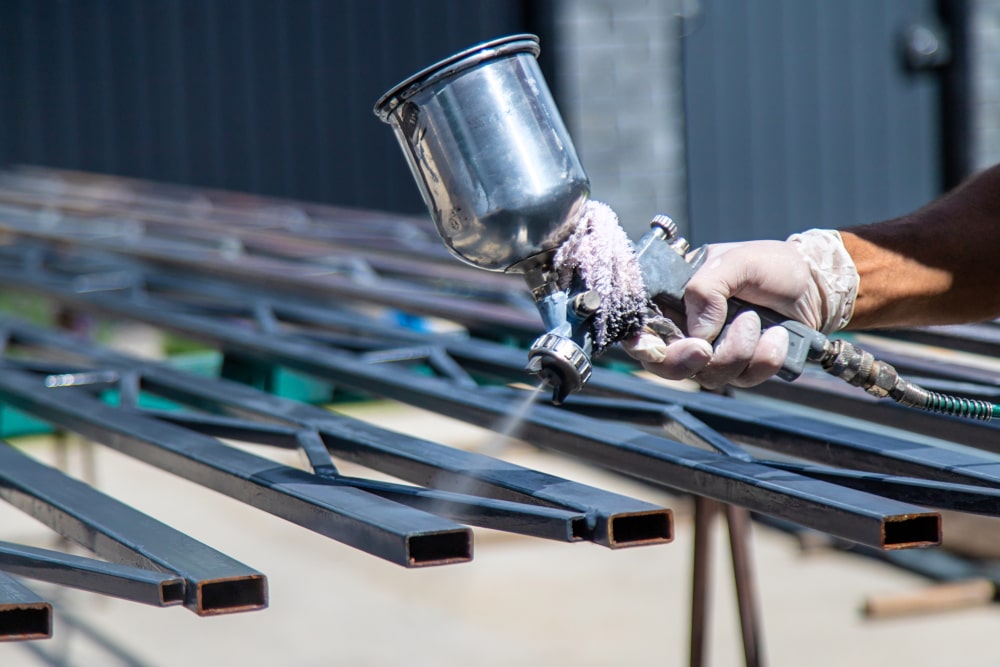

Validate your login
Sign In
Create New Account